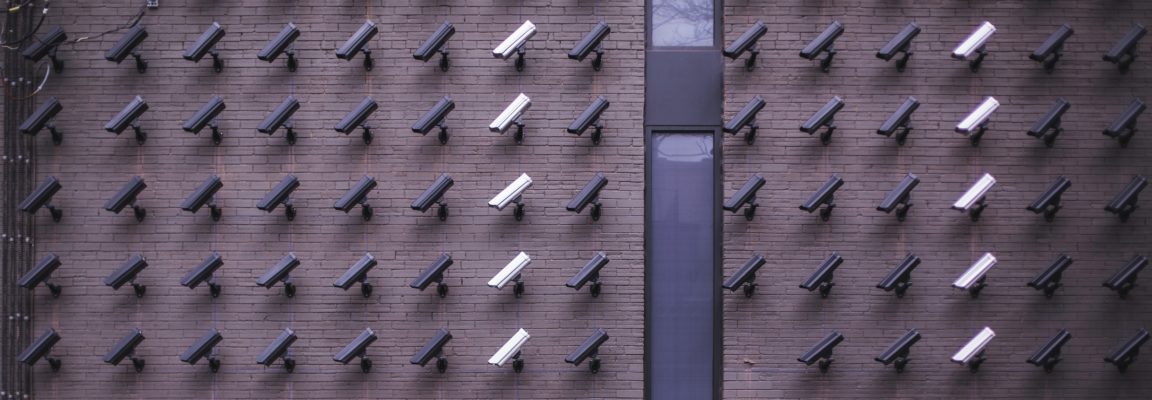What Businesses Need to Consider When Buying a Security Camera System

Video surveillance was once the domain of just a few industries. But successful companies are increasingly recognizing that it makes sense to have a 360-degree view of their operations, 24 hours a day.
For most organizations, the benefits in terms of security, safety and risk management easily outweigh any minor downsides. So, for those planning to purchase a security camera system, the first question is: where do you start?
Assessing Your Setup
The best place to begin is by assessing your current setup. For startups or organizations without a pre-existing installation, this part is easy. But for the majority, this will mean understanding the drawbacks and pain points of the system that you are already using.
The most common issues often centre around old, outdated technology reliant on software that feels decades old—and might actually be. Many systems also depend on ancient devices equipped with finicky cables and glitchy quirks that require unique, aggravating workarounds. Others may be utilizing something from this century, but still find that the solution fails to adequately meet their needs.
Video Security Goals
After assessing your current system, the next step is identifying your video security goals. These objectives can vary significantly from firm to firm and sector to sector.
For many, the main video security goal will be monitoring entry/exit points and detecting any suspicious activity. Others will be using cameras more for identification purposes. And some will be primarily concerned with observing customers and personnel , or merely maintaining archival footage—for compliance purposes or in case they ever need to defend against a lawsuit.
These objectives can help determine the needs of your installation, including where to place cameras, what type of on-site monitoring is required and who can remotely access real-time footage.
Operational and Technical Requirements
The next item to consider is the system’s operational requirements. Again, some of this will depend upon your goals, such as who has access to recordings and in what ways. But there are other factors to weigh as well. For example: how will the footage be stored and for how long? Depending upon the facility’s location and what industry you operate in, there may be federal, state, or local regulations that answer this question for you.
Technical questions should also be asked. What type of connectivity does the location have? Are the bandwidth and transfer speeds sufficient to move the amount of data associated with video recording? Should you use a cloud-connected system that doesn’t demand high-speed connections, can deal with outages and is able to function optimally on an unreliable network?

Available Resources
Once this is all understood, you need to look at your resources. For many enterprises, this will unfortunately be a determining factor. The scope and scale of a security camera system often depends upon the organization’s budget, available personnel to set up the system and time required to finalize the installation.
It is important to comprehend both the upfront and ongoing operational costs when setting a budget. A cheap initial setup can often prove more expensive (and infuriating) in the long run, due to the time and number of employees needed to maintain your system. So remember: The technology and primary installation themselves are only part of the total cost of ownership that you will pay over the full lifecycle of any security camera system.
Scalability and Long-Term Viability
Alongside these considerations are other underlying implications for the solution over time. First of all, how scalable is it? If you expand or add another location, how easy will it be to extend the current surveillance system and protocols? Growth is a primary goal of almost every enterprise, so you should be thinking about this from the outset.
Then there is the matter of training. How easy will it be to hand off the oversight of the system to a new CTO or bring new IT staffers up to speed about ongoing operational requirements? All too many companies have an old or overly-complicated structure that works fine now—until Steve The Tech Guy retires and there is nobody left in the organization who knows how it works.
Getting Your Best Security Camera System
Almost every business needs some level of video security. In many cases, that just means a few cameras, a central monitoring solution and storage capability. Others will need to establish a true enterprise-wide system across dozens—or hundreds—of locations.
No matter where on the security spectrum your organization is (or would like to be), you will benefit greatly from taking the planning stage seriously. Whether you’re upgrading an entire legacy system or plugging in a camera for the first time, pay close attention to all these factors. Doing so will save you both time and money, and ensure that the solution you select will be perfectly suited to the needs of your business.
—
Want more expert advice to help you find your ideal solution? Check out our latest eBook, How to Choose the Right Video Security System for your Organization .


